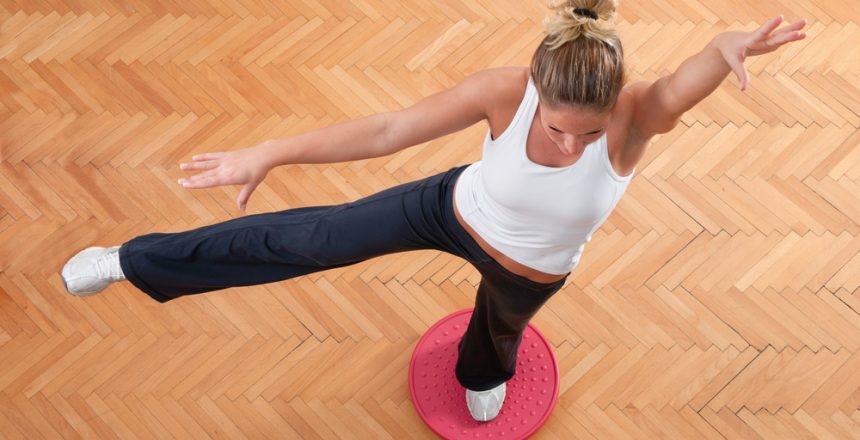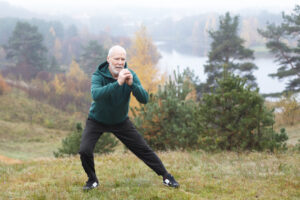What Causes You to Lose Balance as You Age
People of any age don’t really think about their balance as a concern until they experience a fall. But in your 40s or 50s, your balance will start to decline.
And it gets progressively worse: 1 in 3 people over the age of 65 fall each year. These falls can be deadly the older you get.
32,000 people in the United States die each year from falling—the majority of them are over the age of 65.
We don’t say this to scare you. But, as you age, you have to start to think about your balance as a real health condition to be treated by a doctor or physical therapist.
We emphasize fall prevention in our physical therapy practice because we understand the severity of the issue.
So, what causes us to lose our balance as we age, and what can we do to prevent it?
Inside your inner ear is something called the vestibular system. The vestibular system helps us perceive balance. This system sends messages to the brain that tells us when our bodies are off-balance, and we’re about to fall.
As we age, the cells in our vestibular systems start to die off. This impacts our bodies ability to tell our brains when we’re about to fall. With a weakened vestibular system, which happens as everyone ages, we’re more prone to falls.
This is what causes people to lose their balance as they age.
Can You Improve Your Balance
Falls are serious at any age, but when older people lose their balance and coordination, they are at a much higher risk for bone fractures and other more serious medical problems.
Thankfully, balance improvement for seniors (or those of any age) can help you achieve better coordination and prevent falls. If you suffered a recent fall, or if you experience vertigo or other imbalance issues, you should consult a physical therapist.
Exercises for Improving Balance
Physical therapists work with patients on improving their balance and preventing falls.
While it is important to consult a physical therapist or doctor before beginning a balance and coordination exercise routine, we will provide a few basic exercises you might try to improve your balance.
Single Limb Stance
If you’re suffering from impaired balance or coordination, you want to start off slow. Even if you don’t have impaired balance and coordination, if you’re a senior, you want an exercise you can do easily without risk of injury.
For a Single Limb Stance balance exercise, you should stand behind a sturdy chair planted firmly on the ground. Lift up your right foot and hold that position for 1 minute. Then, lift up your left foot and hold that position for 1 minute.
Rock the Boat
Stand flat on the ground with your fit hip length apart. Standing up straight and keeping your head level, transfer your weight to your right foot, and slowly lift your leg off of the ground.
Now, hold the position for as long as you can—but not more than 30 seconds. Do the same with the opposite foot and leg.
Wall Pushups
As long as you have a wall, you can do this helpful balance and coordination exercise.
Stand at an arm’s length away from a blank wall. Leaning forward slightly, you should place your palms flat on the wall at the same height and width as your shoulders. Keeping your feet planted, slowly bring your body toward the wall.
Then, gently push backwards from off of the wall, once again making your arm’s straight.
The exercises listed above are just a few of the many that a physical therapist might prescribe to restore your balance and prevent falls.
Physical Therapy for the Treatment of Balance and Coordination
When you meet with a physical therapist from Dosher, you will receive a thorough clinical assessment of your balance and coordination issues. Once we understand the reason behind your balance disorder, we can recommend a course of balance and coordination training.






